Part of Ministry of Defence | Type Navy Founded 8 January 1488 | |
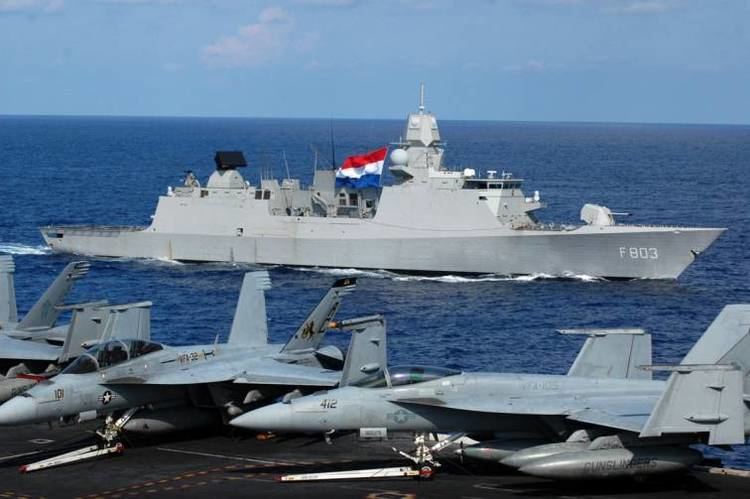 | ||
Size 10,500 active duty personnel850 reserve personnel6 frigates4 offshore patrol vessels6 minehunters1 support ship (Karel Doorman)2 landing platform docks4 submarines40 other ships8 helicopters and 20 on order/being delivered Motto(s) "Veiligheid op en vanuit zee."Security on and from the sea. March Royal Netherlands Navy Service Marchpast Founder Maximilian I, Holy Roman Emperor Branch Armed forces of the Netherlands Similar Netherlands Marine Corps, Royal Netherlands Air Force, Royal Netherlands Army, Royal Marechaussee, Armed forces of the Nethe Profiles | ||
Royal netherlands navy 1922 1962
The Royal Netherlands Navy (Dutch: Koninklijke Marine, “Royal Navy”) is the navy of the Netherlands. Its origins date back to the Eighty Years' War (1568–1648), the war of independence from the House of Habsburg who ruled over the Habsburg Netherlands.
Contents
- Royal netherlands navy 1922 1962
- Royal netherlands navy 1488 2013
- Bases
- Officer training
- Ship prefixes
- History
- Dutch Golden Age
- World War II
- Netherlands New Guinea
- NATO cooperation
- Current structure
- Naval squadron
- Submarine service
- Mine Detection and Clearing Service
- Hydrographic Survey
- Naval aviation
- Netherlands Marine Corps
- Netherlands Coastguard
- Equipment
- Naval aviation maritime helicopters
- Armored vehicles Marine Corps
- Unarmored vehicles Marine Corps
- Artillery Marine Corps
- Personal weapons
- 2012 future naval inventory
- Future changes
- Theater ballistic missile defense
- Historic ships
- References

During the 17th century the navy of the Dutch Republic (1581–1795) was one of the most powerful naval forces in the world and played an active role in wars against England, France, Spain and several other European powers. The navy of the later Batavian Republic (1795–1806) and Kingdom of Holland (1806–1810) played an active role in the Napoleonic Wars, though mostly dominated by French interests. After the establishment of the modern Kingdom of the Netherlands (founded 1815) it served an important role in protecting Dutch colonial rule, especially in Southeast Asia, and would play a minor role in World War II, especially against the Imperial Japanese Navy.
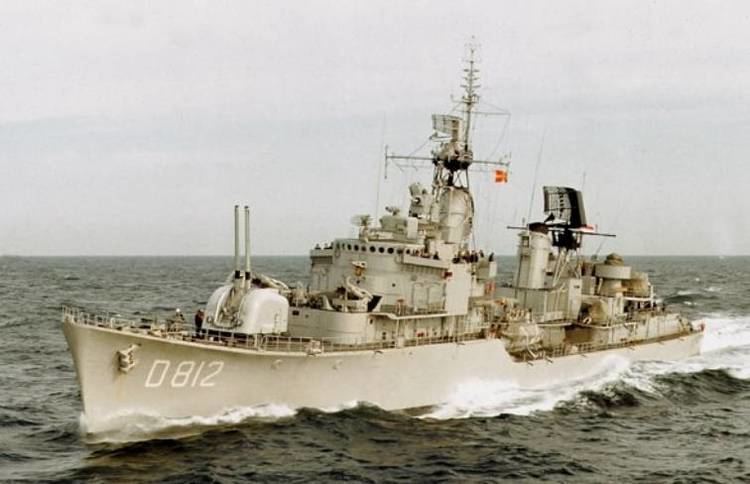
After World War II, the Royal Netherlands Navy has taken part in expeditionary peacekeeping operations.
Royal netherlands navy 1488 2013
Bases
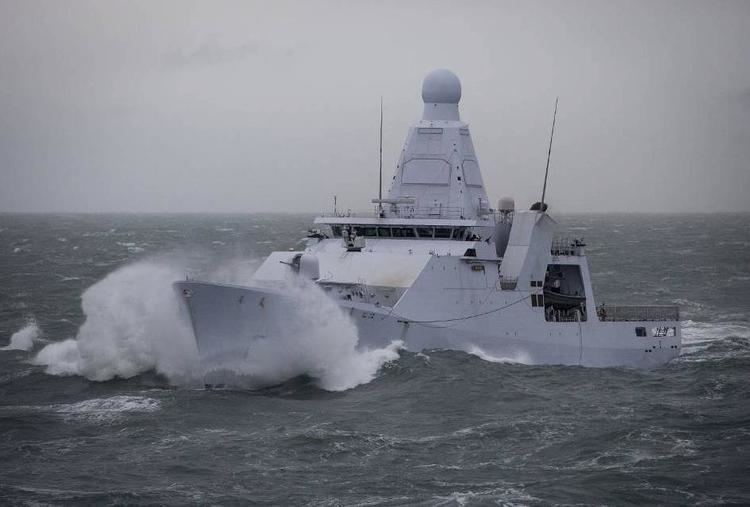
The main naval base is located at Den Helder, North Holland. Secondary naval bases are located at Amsterdam, Vlissingen, Texel, and Willemstad (Curaçao). Netherlands Marine Corps barracks are found in Rotterdam, Doorn, Suffisant on Curaçao, and Savaneta on Aruba.
Officer training

Officers of the Netherlands Navy are trained at the Koninklijk Instituut voor de Marine ("Royal Naval Institute"), which is part of the Nederlandse Defensie Academie ("Netherlands defence academy") in Den Helder. Around 100–150 people start training every year.
Ship prefixes
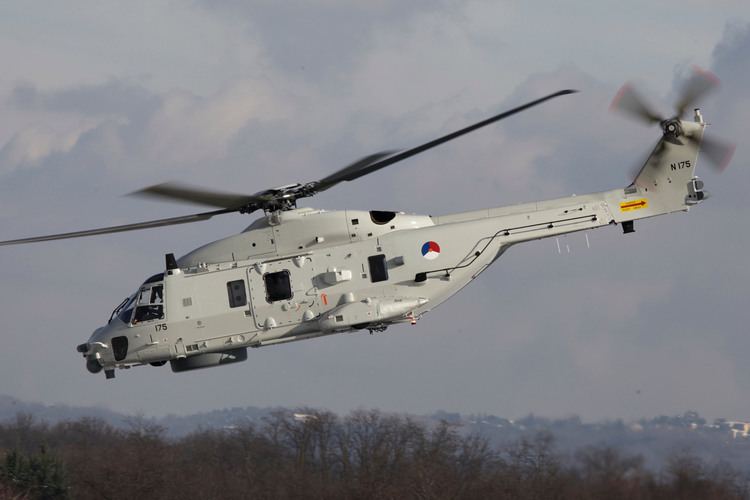
An international prefix for Dutch navy ships is HNLMS (His/Her Netherlands Majesty’s Ship). HNMS is also used, although this can also refer to Royal Norwegian Navy ships. The Dutch navy itself uses the prefixes Zr. Ms. (Zijner Majesteits, His Majesty's) when a king is on the throne, and Hr. Ms. (Harer Majesteits, Her Majesty's) when there is a queen.
History
The modern Netherlands Navy dates its founding to a "statute of admiralty" issued by Holy Roman Emperor Maximilian I on January 8, 1488. Naval historians trace the origins of an independent Dutch navy to the early stages of the Eighty Years' War (1568–1648) while the formation of a "national" navy is dated to the establishment of the Dutch Republic in 1597.
Dutch Golden Age

The Dutch navy was involved in several wars against other European powers from the late 16th century, initially for independence against Spain in European waters, later for shipping lanes, trade and colonies in many parts of the world, notably in four Anglo-Dutch wars against England. During the 17th century the Dutch navy was one of the most powerful navies in the world. As an organization, the navy of the Dutch Republic consisted of five separate admiralties (three of them in Holland, and one each in Friesland and Zeeland), each with its own ships, personnel, shipyards, command structures and revenues.
World War II

During the Second World War, the Dutch navy was based in Allied countries after the Netherlands was conquered by Nazi Germany in a matter of days: the Dutch navy had its headquarters in London, England, and smaller units in Ceylon (modern day Sri Lanka) and Western Australia.

Around the world Dutch naval units were responsible for transporting troops, for example during Operation Dynamo at Dunkirk and on D-Day, they escorted convoys and attacked enemy targets. During the war the navy suffered heavy losses, especially in defending the Dutch East Indies, most notably the Battle of the Java Sea in which the commander, Dutchman Karel Doorman, went down with his fleet along with 1,000 of the ships' crew. One Dutch light cruiser that was under construction was captured in its shipyard by Nazi Germany.
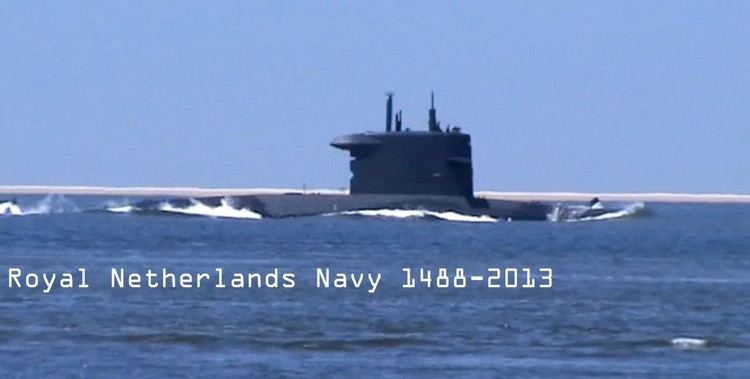
During the relentless Japanese offensive of February through April 1942 in the Dutch East Indies, the Dutch navy in Asia was virtually annihilated, and it sustained losses of a total of 20 ships (including two of its three light cruisers) and 2,500 sailors killed—as much as the Americans at Pearl Harbor. The Dutch navy had suffered from years of underfunding and came ill-prepared to face an enemy with more and heavier ships with better weapons, including the Long Lance-torpedo, with which the cruiser Haguro sank the light cruiser HNLMS De Ruyter.
A small force of submarines based in Western Australian sank more Japanese ships in the first weeks of the war than the entire British and American navies together during the same period, an exploit which earned Admiral Helfrich the nickname "Ship-a-day Helfrich". The aggressive pace of operations against the Japanese was a contributing factor to both the heavy losses sustained and the greater number of successes scored as compared to the British and Americans in the region.
Both British and American forces believed that the Dutch admiral in charge of the joint-Allied force was being far too aggressive. Later in the war, a few Dutch submarines scored some remarkable hits, including one on a Kriegsmarine U-boat in the Mediterranean Sea.
Netherlands New Guinea
After the war, the relations between the Netherlands and its colonies changed dramatically. The establishment of the Republic of Indonesia, just two days after the Japanese surrender, thwarted the Dutch plans for restoring colonial authority. It took four years of war before the Netherlands acknowledged the independence of Indonesia.
Part of the Dutch Navy was next stationed in Netherlands New Guinea until that, too, was turned over to the Indonesian government in 1962. This followed a campaign of infiltrations by the Indonesian National Armed Forces, supported by modern equipment from the Soviet Union, that was nevertheless successfully repulsed by the Dutch navy. These infiltrations took place after the order of President Sukarno to integrate the territory as an Indonesian province.
NATO cooperation
With the creation of the North Atlantic Treaty Organisation, the military focus was on the army and air force; it was not until the Korean War (1950–53) that the navy got more recognition. The government allowed the creation of a balanced fleet consisting of two naval squadrons. Apart from the aircraft carrier HNLMS Karel Doorman the Dutch navy consisted of two light cruisers (two De Zeven Provinciën-class), 12 destroyers (four Holland-class, eight Friesland-class), eight submarines, six frigates (van Speijk-class frigates), and a considerable number of minesweepers.
As a member of NATO, the Netherlands developed its security policy in close cooperation with other members. The establishment of the Warsaw pact in 1955 intensified the arms race between West and East. Technical innovations rapidly emerged, the introduction of radar and sonar were followed by nuclear weapon systems and long-range missiles. The geopolitical situation allowed for a fixed military strategy. Beginning in 1965, the Dutch Navy joined certain permanent NATO squadrons like the Standing Naval Force Atlantic.
Current structure
The constituent parts of the Royal Netherlands Navy are:
Naval squadron
Contains all surface combatants, replenishment ships, and amphibious support ships.
Submarine service
Contains the submarines and a support vessel.
Mine Detection and Clearing Service
Contains various minehunters.
Hydrographic Survey
Hydrographic surveys are carried out by the Dutch Hydrographic Service (Dienst der Hydrografie).
Naval aviation
Netherlands Marine Corps
Netherlands Coastguard
Although the Netherlands Coastguard is not an official part of the Navy, it is under its operational control. Also the Dutch Caribbean Coast Guard is under the operational control of the Navy and is commanded by the commander of the Navy in the Caribbean.
Equipment
The Royal Netherlands Navy currently operates 7 main classes of vessels:
* The Dutch Royal Navy classifies the De Zeven Provinciën-class as frigates, but internationally they are most comparable to destroyers (due to their size and weapon capability) platform for Sea Based Anti-Ballistic Missile defence
Naval aviation – maritime helicopters
In 2012 an Apache attack helicopter from the Royal Netherlands Air Force made a deck landing on board HNLMS Rotterdam for the first time as part of an initial study into the possibilities for wider use of the helicopters.
The Dutch amphibious support ship HNLMS Johan de Witt and the HNLMS Karel Doorman JSS are designed to handle Royal Netherlands Air Force CH-47 Chinook helicopters. But these are not capable of sustained maritime operations due to lack of anti-corrosion measures.
Armored vehicles (Marine Corps)
Unarmored vehicles (Marine Corps)
Artillery (Marine Corps)
Personal weapons
2012 future naval inventory
In 2012 the new fleet plan of the Royal Netherlands Navy was completed, consisting of these ships:
The total tonnage will be approx. 140,000 tonnes. Next to these ships a lot of other smaller vessels remain in the navy like the Snellius-class hydrographical survey vessels.
With these changes the Royal Netherlands Navy will have 10 large oceangoing vessels ranging from medium/low to high combat action ships. The renewed Dutch Navy will be a green-water navy, having enough frigates and auxiliaries to operate far out at sea, while depending on land-based air support, and, with the large amphibious squadron, they will have significant brown-water navy capabilities.
Future changes
Theater ballistic missile defense
Together with the United States and several other NATO members, the Dutch Navy is testing and updating its ships for Tactical ballistic missile defense capability. Although tests conducted concerning the capability of the APAR (Active Phased Array Radar) have been very successful, no decision has been made by the Dutch Government in purchasing SM-3 missiles—mainly because the SM-3 is not operational yet. Four ships are being fitted out for tactical ballistic missile defense. If purchased (after US export approval) the four LCFs will be fitted out with only eight SM-3 missiles each, due to the high costs for each missile (approximately $2.5–$5 million).
